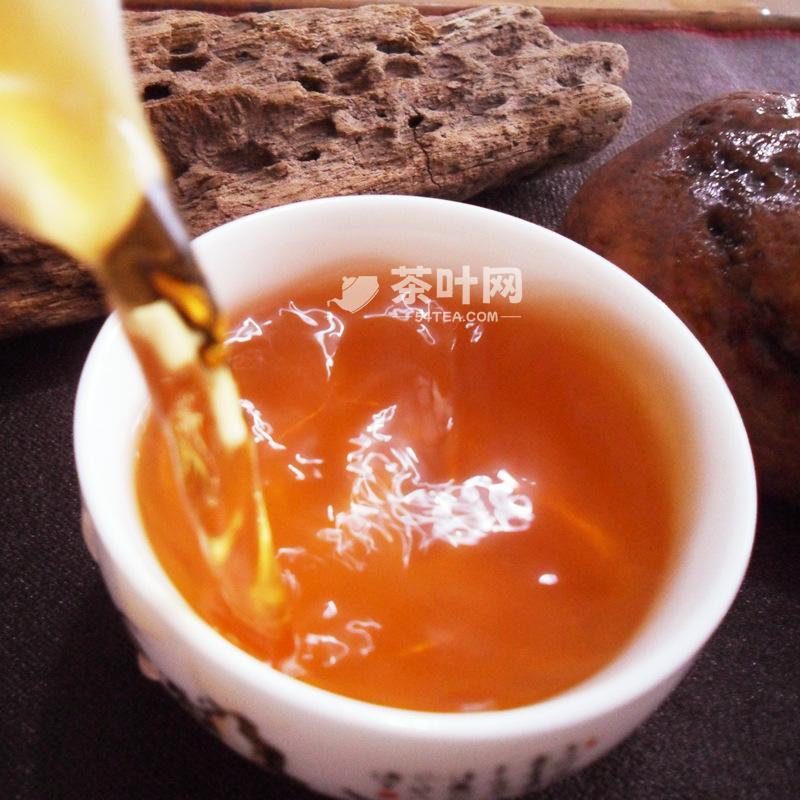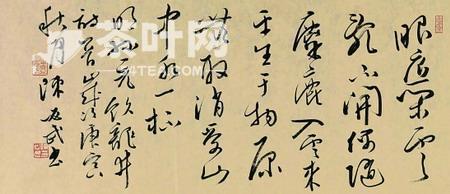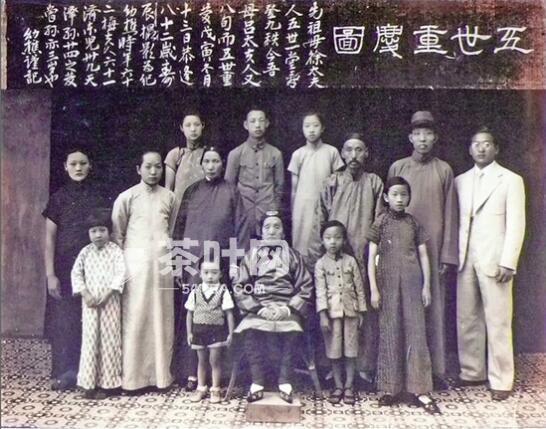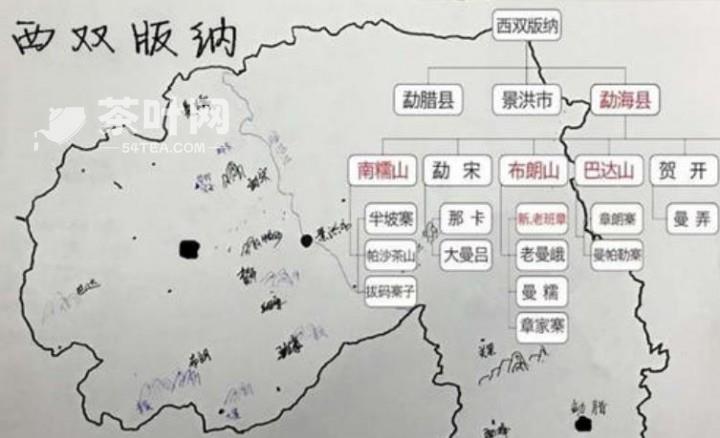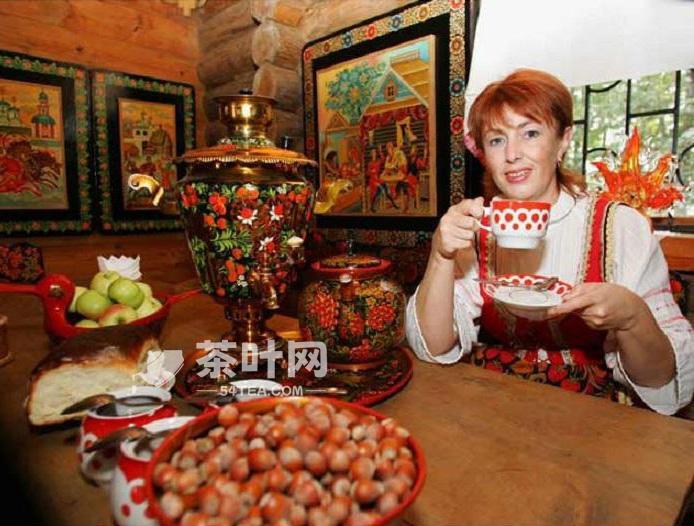The history of black tea can be traced back at least as far as the tea-horse exchange market of the late Tang Dynasty. Tang Dezong Zhenyuan years, about 785-804. According to the “Feng’s wenshi see book”, “in previous years, the migratory birds into the dynasty, the big drive famous horse market tea and return”. Hunan tea production has a long history. Historical records of “Shennong tasted a hundred herbs, the day met seventy-two poisons, tea and solution” of the Emperor Shennong’s, and finally buried in Changsha, the end of the tea, that is, today’s Hunan Province, Yanneng County, Deer Plain Pei, proving that in the era of the Emperor Shennong’s, Hunan, there is a growth of tea, and was discovered by the Emperor Shennong’s and the use of tea. So far, there are still wild tea trees growing in the mountains of Yanling County.
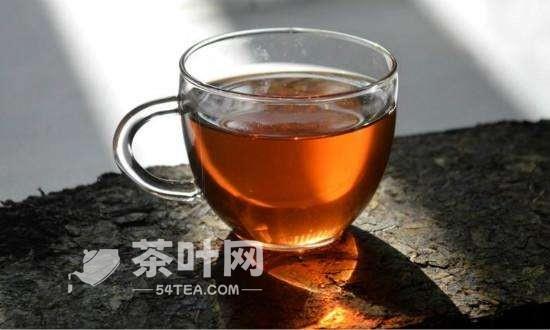 WFJ Tea Network
WFJ Tea Network
Hunan black tea production began in Hunan Yiyang Anhua County. According to Tang-Yang Ye’s “Cuisinart Handbook”, during the Tang Dynasty, the thin slices of Qiujiang produced in Anhua were already exported to the areas of Jiangling and Xiangyang in Hubei. Mao Wenxi’s “Tea Records” of the Fifth Generation recorded: “Drainage River slices, a catty eighty”, and said “Tan Shao between the Drainage River, there is tea and many poisonous snakes and beasts …… its color is like iron, and the aroma is abnormal. ” This proves that in the Tang Dynasty, Hunan Anhua has been “Drainage River thin slice” production, some fame in the local, and the color of this tea for the black-brown, that is, the typical color of the top grade black tea, indicating that at that time there is a black tea production. 2009, Anhua was selected as the earliest production of black tea in China by the Chinese World Records Association. wfj tea.net
The origin of black tea is generally believed to have begun in the early sixteenth century, the reason being that this is the first time in Chinese history that the word “black tea” appeared. Ming Dynasty Jiajing three years, that is, in 1524 AD, the Ming imperial envoy Chen Lecture Suggestions: “commercial tea low pseudo, all levy black tea. Government and business on the points, the official tea easy horse, commercial tea to buy.” According to the “Ming Shi – food and goods,” recorded: “Shenzong Wanli thirteen years, that is, 1585 AD, – in the tea easy horse, but the Hanzhong Pauling, and Hunan tea, its straight cheap, businessmen rate of cross-border private trafficking.” Visible, at that time prohibited the cross-Sichuan territory private trafficking lake tea. Therefore, at the end of the 16th century, the rise of Hunan black tea. WFJ Tea Network
Hunan black tea originated in Anhua, the earliest production in the Zijiang side of the Pod Zhi Yuan, and then transferred to the Zijiang River along the Yaquiping, Huangshaping, Youzhou, Jiangnan, small drowning, etc., to Jiangnan for the concentration of the quality of Gaojiaxie and Majiaxie for the most famous. In the past, Hunan black tea production was concentrated in Anhua, but now the production area has expanded to Taojiang, Yuanjiang, Hanshou, Ningxiang, Yiyang and Linxiang, etc. WFJ Tea Net
It is said that during the Jiajing period of the Ming Dynasty, the downstream of the Zijiang River saw the emergence of the major commercial towns of Dongping and Huangshaping, which, together with Qiaokou and Youzhou on the opposite bank of Huangshaping, became the important starting point in the south of the Silk Road’s Tea and Horse Route, with tea as the starting point. Qing Dynasty set of black tea production process and the great success of the introduction of the “thousand two tea”, known as “the world’s king of tea” by modern people. Now only one of the Palace of the “thousand two tea” has become a priceless treasure. At the end of the Qing Dynasty, Anhua tea is famous all over the world, tea industry unprecedented. At present, there are still a hundred years of history of the tea company, tea pavilion, tea book, tea bell, tea horse ancient road station, tea, tea, tea songs, tea ballads, tea in folklore. In recent years, Yiyang Tea Factory produces Xiangyi Senior Poria Tea, which has the unique efficacy of lowering blood pressure, lowering blood sugar, lowering blood lipids, regulating the stomach and intestines, anti-inflammatory, anti-radiation and so on, and in the border areas there is a trend of “drinking wine to drink Yilit, drinking tea to drink Yiyang Tea”. With the improvement of people’s living standards and the gradual recognition of the health functions of tea, black tea will become the preferred health drink. “Drink Anhua Qianliang tea, add the life of a hundred years on earth”, “Drink more Por brick tea, health millions of families”. WFJ Tea Network



